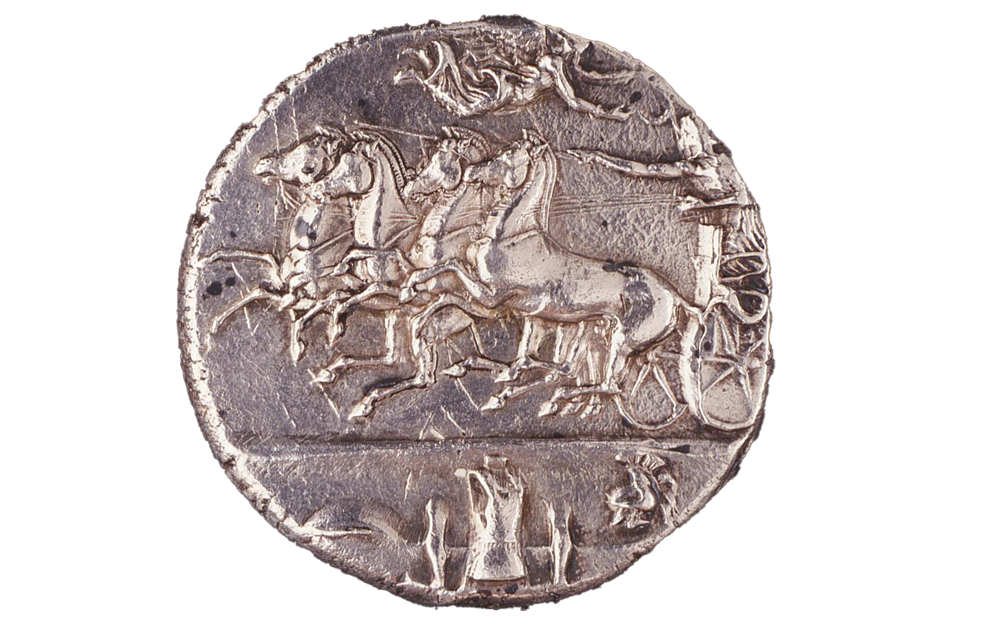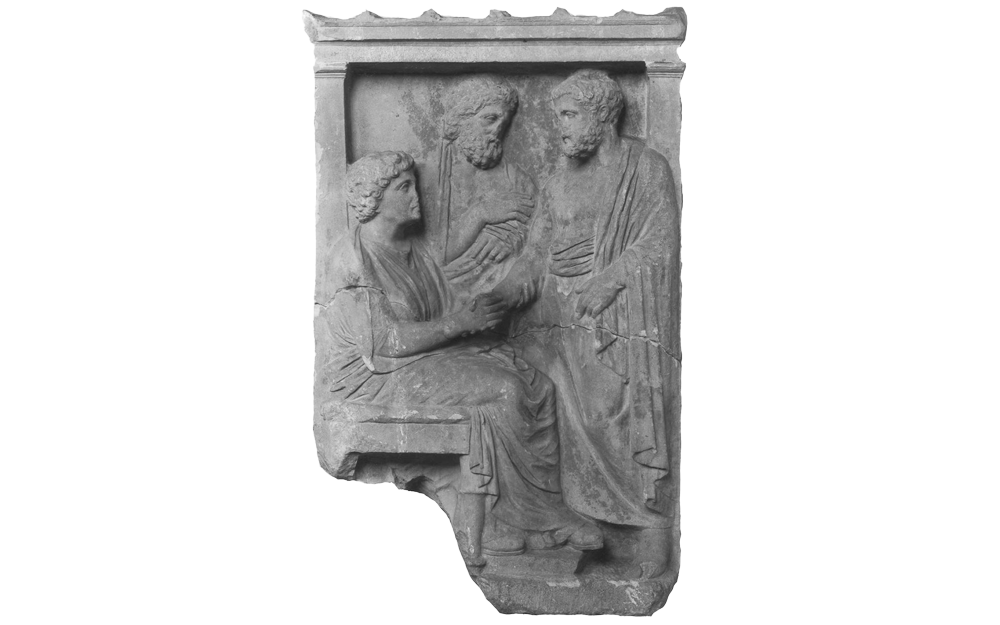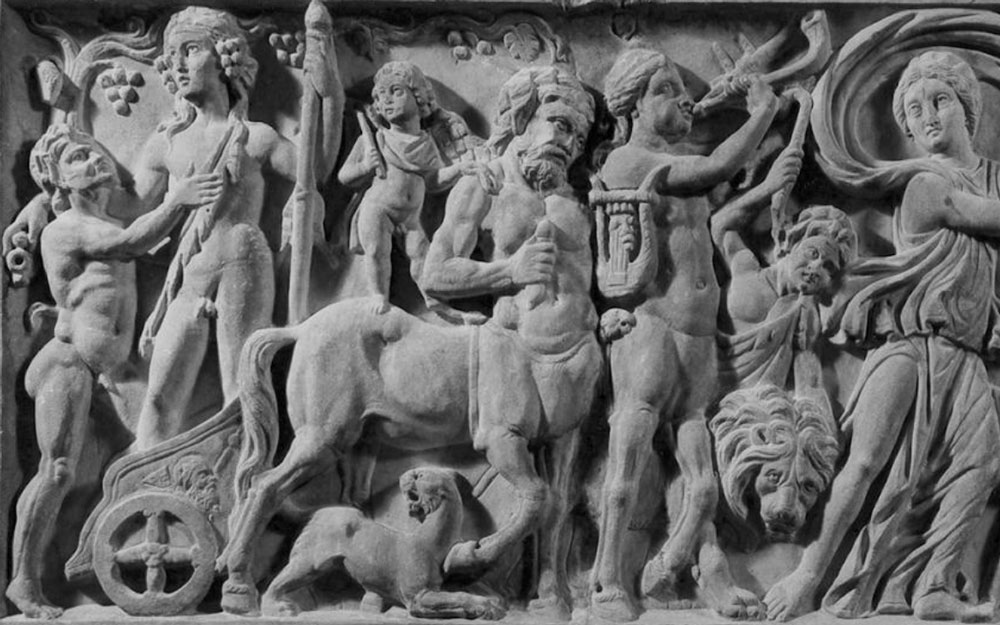Greece
Explore the far reaches of Alexander the Great’s vast empire through coins, pottery, and statues.
Upper Level
Included with Museum Admission
Above: Herm, 100 BCE, 30-51-1

Explore the far reaches of Alexander the Great’s vast empire through coins, pottery, and statues.
Upper Level
Included with Museum Admission
Above: Herm, 100 BCE, 30-51-1

Immerse yourself in scenes of ancient Greek life. Meet their gods and heroes in one of largest and most diverse Classical collections of any museum the U.S..
Above: Herm, 100 BCE, 30-51-1
Representing the history and culture of Greece from 3000 to 31 BCE, the objects in this gallery also come from colonies in southern Italy, Sicily, Libya, and Cyprus, among others.
During the height of Greek civilization, their city-states dominated the economy of the entire Mediterranean region from southern France to Asia Minor and the Black Sea. The Greeks were pre-eminent merchants, and their pottery was exported throughout the Mediterranean world. The striking painted red- and black-figure vases give a glimpse into the lives of the ancient Greeks, depicting vivid scenes of hunting, athletics, warfare, and religion.
The collection also boasts examples of fine marble statuary, struck silver coins, weapons and armor, votives, jewelry, grave markers, and metalwork. While some of the objects in the Museum’s Mediterranean collection were excavated, many were donated by collectors who had acquired the objects in the late 19th and early 20th centuries.



This silver “decadrachm” was worth 10 drachms—a very valuable coin—and was made in the ancient city of Syracuse in Sicily between about 405 and 345 BCE. One side shows a four-horse racing chariot, a common symbol for coins from Syracuse because of civic pride in the locally trained chariot teams’ victories in the Panhellenic festivals of mainland Greece. 29-126-41
Inside the Greece Gallery there are many vases like this one, which was made in Athens around 535 BCE. It shows the death of Achilles during the Trojan Warin battle, a story which remains familiar today from Homer’s Iliad. Although the amphora (or vase with two handles) was made in Athens, it was found in Italian Orvieto, Italy, showing how Greek pottery circulated throughout the Mediterranean Greek world. MS3442
Made of marble, this Grave Stela (stone slab) is treated as an architecturalized niche, framed by pilasters, a lintel and an architrave carrying a flat tiled roof. Two men stand by a seated woman named Krinylla, daughter of Stratios, according to the epitaph still faintly visible on the architrave. The bearded man in the center is Naukles, son of Naukrates of Lamptrae, while the man on the right is Naukrates, son of Naukles of Lamptrae, which was a district or deme of Attica. MS5470
Painted pottery provides important clues to understanding cultural life in ancient Greece. Scenes of sporting events were common motif. The first Olympic Games began in 776 BCE and were primarily part of a religious festival in honor of the Greek god Zeus. Video by NBC10.


Lecture
Jeremy McInerney, Ph.D., Davidson Kennedy Professor Department of Classical Studies
The Greek imagination was populated with all sorts of hybrids and monsters, from the half-horse, half man centaur to the chimaera, a blend of lion, snake and goat. What function did these extraordinary monsters and fabulous creatures play in Greek culture?